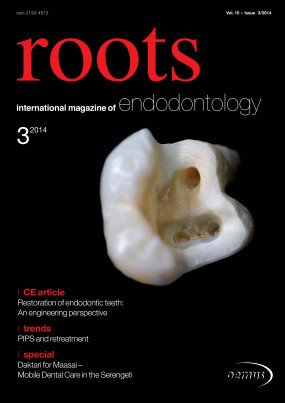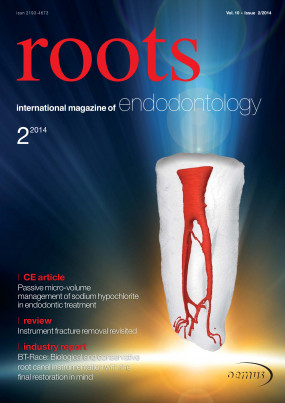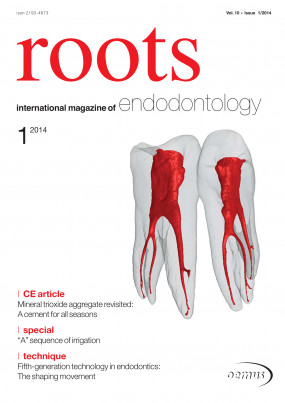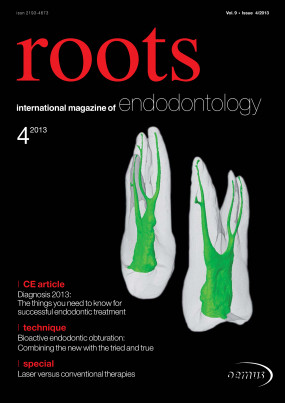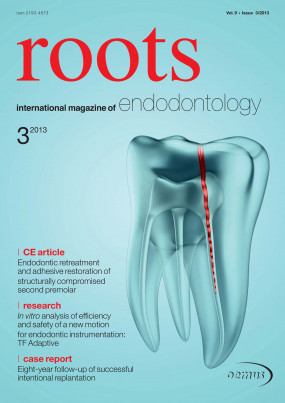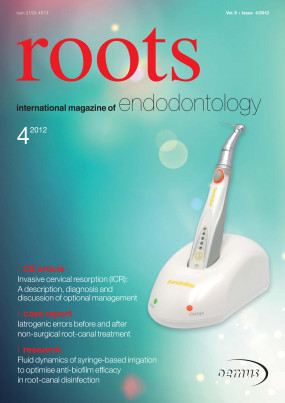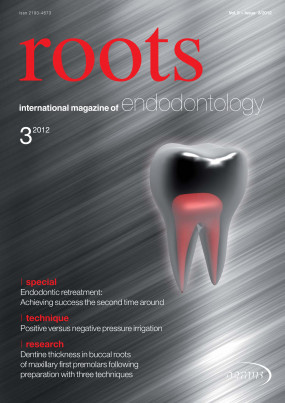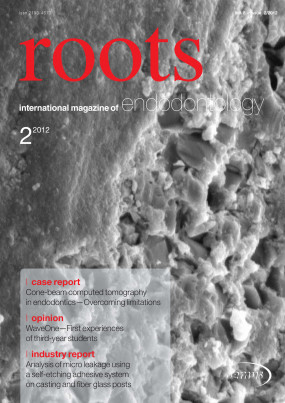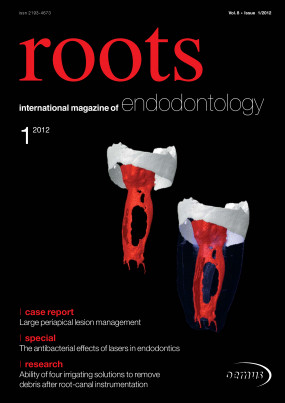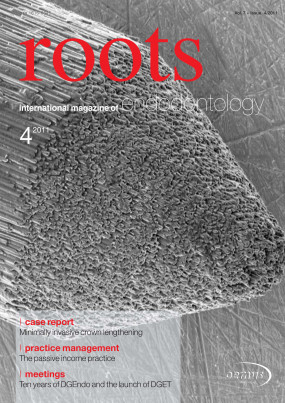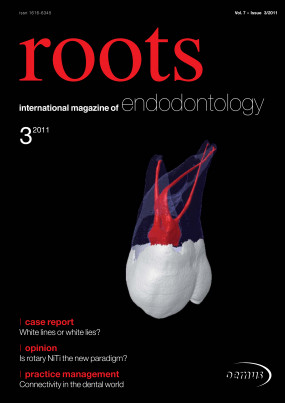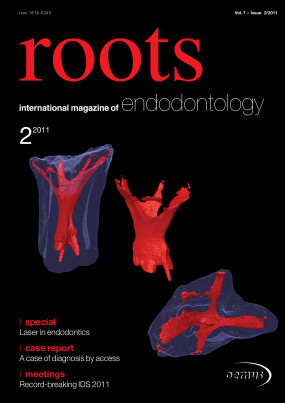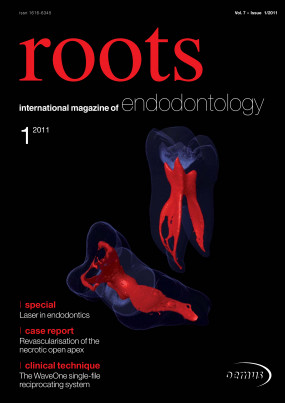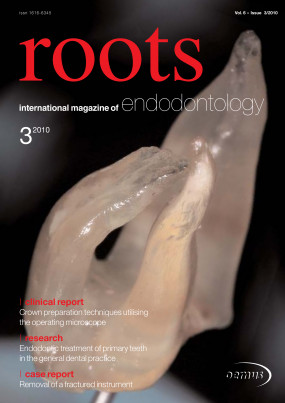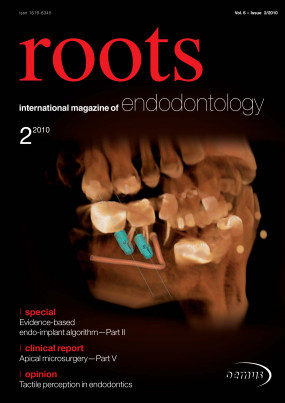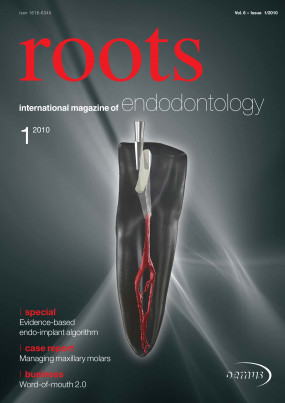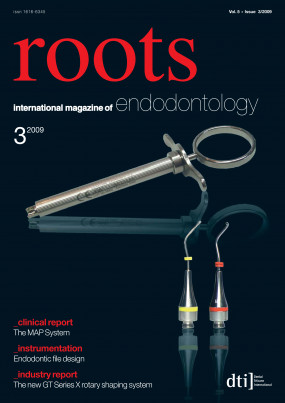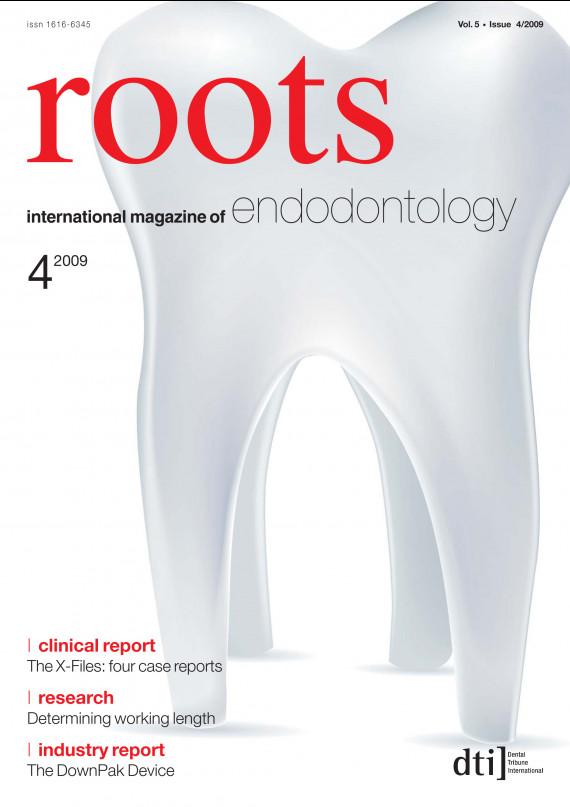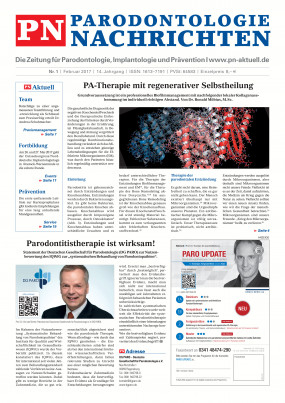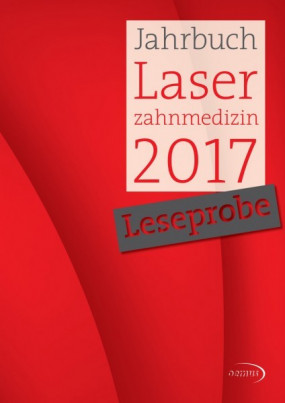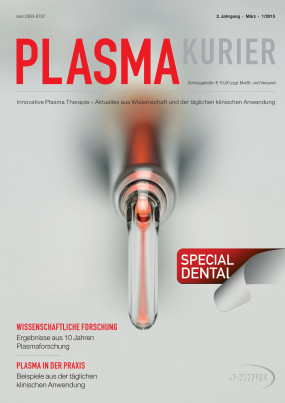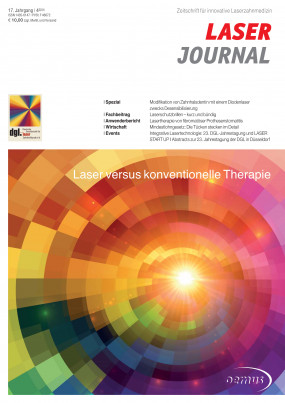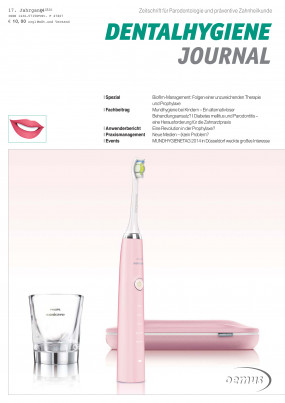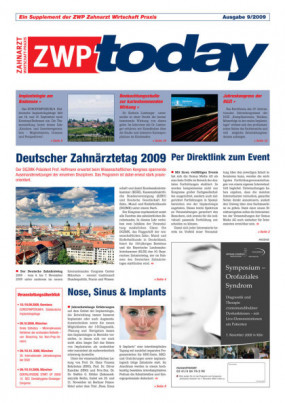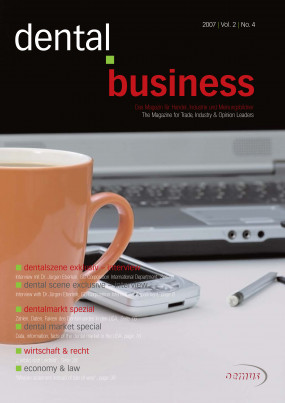Inhaltsverzeichnis
6
In his book Innovation and Entrepreneurship, business guru Peter Drucker stated that a new technology is not widely taken up by users unless it provides a 10x improvement over
their current methods of work. This is certainly true in dentistry. Incorporating a new concept, technique, or instrument into a fully scheduled day is a huge stressor. It also entails signifi-
cant training costs for the dentist and staff, as well as high costs for the new inventory needed. Because of this, the most financially successful dentists watch carefully for the point in time at which the benefits of the new technology outstrip the costs of taking it on. Only early adopters, who are driven by wanting to be on the cutting edge of technology, will jump in sooner.
12
Having lived through the traditional (hand instrumentation) and rotary NiTi periods of endodontics, the main drawback of both periods, in my estimation, has been in not applying what our clinical experience and our wealth of research has told us. Today, we essentially use K-files as if they were reamers. By this, I mean that we use them predominantly in a watch-winding motion, a reaming action by another name...
18
In Parts I and II of this series, we discussed the preparation of the patient, the incision, and atraumatic flap elevation. These are the first three steps necessary to perform predictable apical microsurgery. As was mentioned, it is of utmost importance that each step is completed before proceeding to the next step. If a step is omitted or not completed, the next step will be difficult, if not impossible, to complete properly. The operation will develop into a stressful experience for the patient, the staff, and the doctor, with a less desirable or predictable end result. If all of the steps are completed as outlined, all procedures can be performed without stress and a favourable post-operative result is predictable. I have completed hundreds of apical microsurgical operations and the desirable results were mainly the same with just a few exceptions. The technique is very gentle and predictableÑif all of the steps are followed without compromise!
22
Dr Philippe Sleiman is an endodontist and instructor at the Lebanese University Dental School. He lec tures and conducts hands-on endodontics courses worldwide and has contributed to sev eral endodontic publications. His line of endodontic instruments is distributed by Hu-Friedy. Dr Sleiman can be contacted at phil@cyberia.net.lb.
24
Practical clinical considerations in endodontic re-treatment
Dr Richard E. Mounce, USA & Dr Gary D. Glassman, Canada
Non-surgical endodontic re-treatment (NSER) of failed root canals is almost exclusively a specialist procedure, owing to the complexity of diagnosis, treatment planning and advance techniques required for re-treatment procedures. As implants have become more predictable, the level of clinical success required with NSER in an attempt to retain the natural dentition has taken on new significance. This article reviews and discusses several key conceptual strategies for the re-treatment of failed root canals that optimise the outcome of the procedure.
30
Determining working length, or how to locate the apical terminus (Part I)
Prof Vladimir Ivanovic & Dr Katarina Beljic-Ivanovic, Serbia
Determining working length (WL) is one of the crucial aspects in successful endodontic treatment. However, major controversy exists regarding where to locate the apical end point of the root canal preparation and obturation. The ongoing debate centres on different concepts of shaping and cleaning the apical portion of the root canal, and whether to complete manipulation within the dentinal walls to the physiologic foramen or to extend into the cemental cone close to the anatomical foramen...
38
The DownPak Device: obturation with heat and vibration
Dr Stephen Cohen, Dr Louis H. Berman & Dr Gabriela Martin, USA
Successful endodontic treatment depends on a proper diagnosis, a favourable prognosis assessment and proper cleaning, disinfection, shaping, and obturation of the canals and their associated radicular spaces. As countless studies have demonstrated that it may not be possible to disinfect and clean all canal ramifications thoroughly, obturation makes it possible to seal the roots internally to prevent leakage coronally or from peri-radicular tissues.1 Presently, there is no ideal obturation material. Gutta-percha remains the primary obturation material in use today, although other obturation filling materials have gained some recent attention, including Resilon (Pentron Clinical Technologies) and ProRoot MTA (Dentsply Tulsa Dental). All of these materials have some limitation in their ability to seal the main and accessory canals three-dimensionally...
42
46
The auditorium filled with the sound of Scottish bagpipes, but not playing the familiar tunes of folk classics such as Amazing Grace or Auld Lang Syne; it was the famous guitar intro from AC/DC s 1990 track Thunderstruck as re-interpreted by the Red Hot Chilli Pipers. The performance by the Scottish ensemble, who won the BBC s When Will I Be Famous television show in 2007 and currently conquer stages in Scotland and worldwide with their energetic bagpipe rock, clearly was one of the highlights of
this year s European Society of Endodontology (ESE) congress in Edinburgh.
